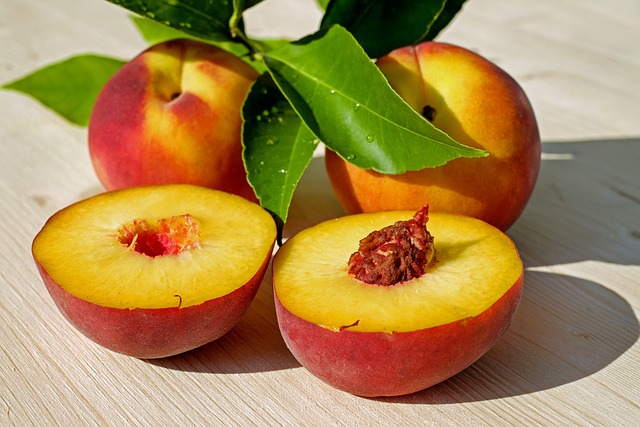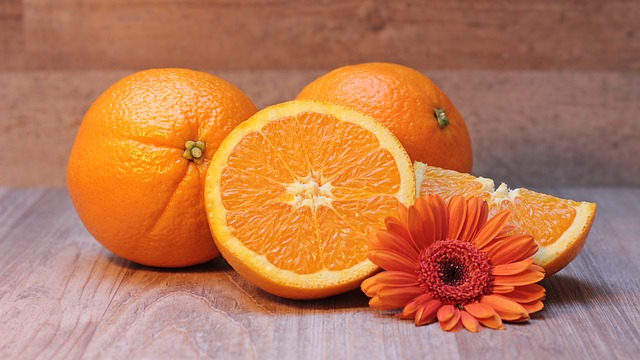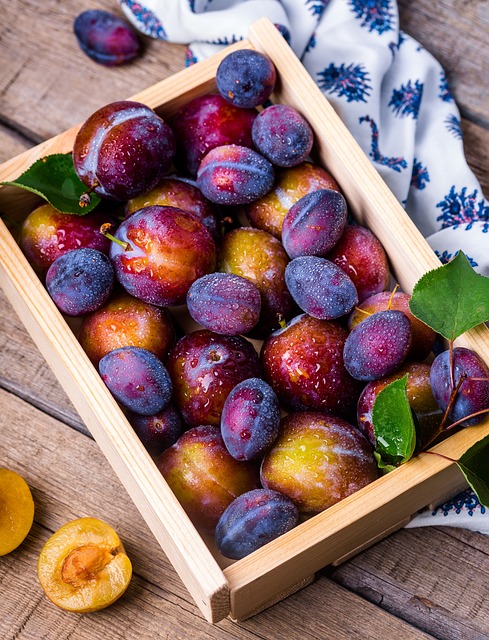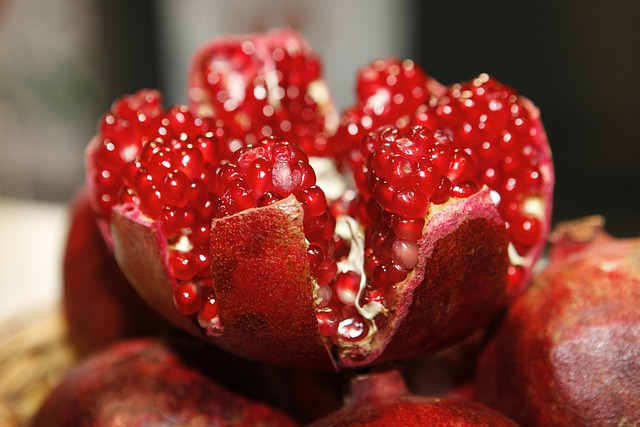Beyond Yogurt: Exploring Unexpected Sources of Probiotics for Optimal Gut Balance
Gut health has become a hot topic in the world of nutrition and wellness. The balance of bacteria in our gut plays a crucial role in maintaining a healthy digestive system and overall well-being. Probiotics, often associated with yogurt, are live microorganisms that provide numerous health benefits when consumed in adequate amounts. While yogurt is a popular source of probiotics, there are other unexpected sources that can contribute to optimal gut balance. In this article, we will explore some of these lesser-known sources of probiotics.
Fermented Vegetables
When we think of probiotics, we often think of dairy products. However, fermented vegetables like sauerkraut, kimchi, and pickles can be excellent sources of probiotics as well. These vegetable-based ferments are made through the process of lacto-fermentation, where natural bacteria feed on the sugar and starch in the food, creating lactic acid. This lactic acid acts as a natural preservative and creates an environment conducive to the growth of beneficial bacteria.
Sauerkraut, for example, is made from fermented cabbage and contains a variety of beneficial bacteria such as Lactobacillus plantarum, Lactobacillus brevis, and Leuconostoc mesenteroides. These strains help improve digestion, boost the immune system, and reduce inflammation in the gut.
Kombucha
Kombucha is a fermented tea beverage that has gained popularity in recent years. It is made by adding a symbiotic culture of bacteria and yeast (SCOBY) to sweetened tea and allowing it to ferment for a period of time. The end result is a fizzy, tangy drink that contains a variety of probiotic strains.
Although kombucha is primarily known for its probiotic content, it also offers other health benefits. It contains antioxidants, enzymes, and organic acids that can help improve digestion, reduce inflammation, and support the liver.
Miso
Miso is a traditional Japanese seasoning made by fermenting soybeans with salt and the fungus Aspergillus oryzae. It is commonly used in soups, dressings, and marinades. Miso contains live bacteria and yeasts that can contribute to a healthy gut.
One prominent strain of bacteria found in miso is known as Bacillus subtilis. This strain has been shown to have a positive impact on gut health by improving digestion and reducing the risk of certain infections. Miso also contains other beneficial compounds like vitamins, minerals, and antioxidants.
Tempeh
Tempeh is a fermented soy-based product that originated in Indonesia. It is made by fermenting cooked soybeans with a starter culture of Rhizopus oligosporus or Rhizopus oryzae. The fermentation process binds the soybeans together into a firm, dense cake that is rich in probiotics.
Tempeh is not only a great source of probiotics but also provides essential nutrients like protein, fiber, and vitamins. It can be used as a meat substitute in various vegetarian and vegan dishes.
Traditional Buttermilk
Traditional buttermilk, not to be confused with the cultured buttermilk commonly found in grocery stores, is a probiotic-rich beverage that has been consumed for centuries. It is the liquid leftover after churning butter from cream. The natural fermentation process that occurs after churning introduces beneficial bacteria into the buttermilk.
Traditional buttermilk is an excellent source of lactic acid bacteria, including Lactobacillus acidophilus and Lactococcus lactis. These strains have been shown to have positive effects on digestion and may even help improve lactose intolerance symptoms.
Conclusion
While yogurt is a popular and easily accessible source of probiotics, there are many other options available for those looking to diversify their probiotic intake. Fermented vegetables, kombucha, miso, tempeh, and traditional buttermilk are just a few examples of unexpected sources that can contribute to optimal gut balance.
Remember to read product labels and ensure you







